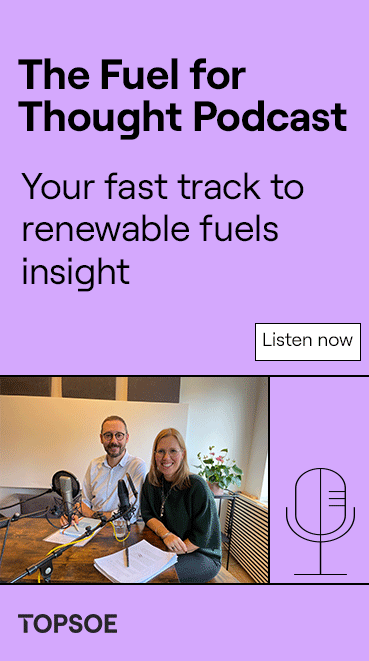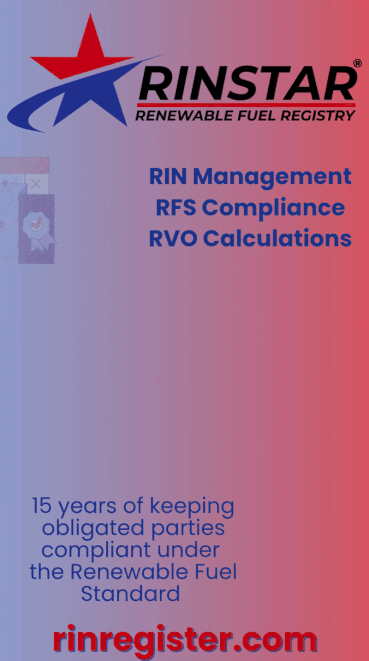German biodiesel production up slightly in 2024
- UFOP
- May 5
- 2 min read

Germany is the largest producer of biodiesel in Europe.
According to the latest data from the Verband der Deutschen Biokraftstoffindustrie (VDB, the Association of the German Biofuels Industry), total biodiesel production in Germany reached around 3.6 million metric tons in 2024, representing a year-on-year increase of 100,000 tons.
More than half of this production was based on rapeseed as a feedstock, with rapeseed oil-based biodiesel accounting for around 53.1 percent of total output in 2024.
Used cooking oils and fats* ranked second, accounting for 24.1 percent, followed by soybean oil at 15 percent.
Animal fats, which have only counted as feedstock in German biofuel production since 2021, made up 2 percent of production.
In contrast, palm oil is no longer used in German biodiesel production and fuel applications, because biodiesel and hydrotreated vegetable oil (HVO), also known as renewable diesel, made from this tropical oil have not been credited towards meeting greenhouse-gas reduction targets since 2023.
The Union zur Förderung von Oel- und Proteinpflanzen e. V. (UFOP) has stated that approximately 1.45 million tons of rapeseed oil were processed into biodiesel in Germany in 2024, adding that this volume is roughly equivalent to the year’s rapeseed harvest.
This means that the German biodiesel industry is the primary market for domestically grown rapeseed.
Accordingly, demand for rapeseed oil to produce fuel also yields approximately 2.2 million tons of rapeseed meal, which is currently by far the most important genetically modified (GM)-free protein source in dairy-cattle feeding.
“This value chain is a perfect example of an integrated bioeconomy with market potential,” UFOP stated. “Because, in the future, rapeseed oil and methyl ester respectively may play a greater role in the so-called molecular transformation within the chemical industry. The UFOP has urged that this transformation be reflected and funded under the national and EU bioeconomy strategies, emphasizing that the corresponding harvest is basically also available to the food market as a ‘reserve’ at any time.”
*Editor’s Note: Biobased Diesel Daily® reached out to Dieter Bockey of UFOP to determine the difference between “fats” included in the “used cooking oil and fats” and “animal fats” feedstock categories. His response was, “Unfortunately, the VDB does not differentiate in such detail between the respective waste categories in its survey of its members.”
As a result, he was unable to answer our question.
Bockey added, however, that “[T]he VDB is the only association in Europe that carries out such a survey. This would be necessary at the EU level by the European association. As we know, there is a lot of discussion—including very negative discussions—about waste raw materials, and the biofuel associations are not providing the necessary transparency here, also as an argumentation aid for politicians. We are therefore very pleased that the national competent body presents the relevant report annually, albeit very late. Against this background we hope that, due to the introduction of the Union Data Bank (UDB) 2026, a corresponding report will be available for the EU.”


































